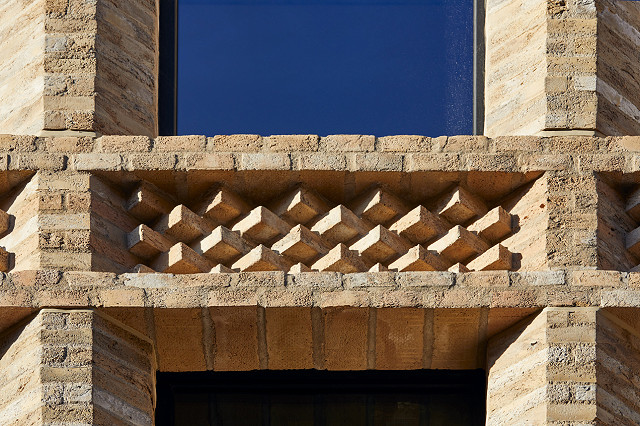Posted: 29 April 2025
This article explores standard UK brick sizes, how they compare with international standards, and why they matter in construction.
The most commonly used brick size in the UK today is the metric brick, which has the following brick dimensions:
Length: 215 mm
Width (Depth): 102.5 mm
Height: 65 mm
These brick dimensions include a 10 mm mortar joint, which is factored into construction planning and brickwork patterns.
This size has been standardized since the introduction of the metric system in UK construction in the 1960s. It ensures compatibility with modular building systems and provides ease in estimating materials and costs.
Brick Size Variations
Although the metric brick is the current standard, there are other sizes that may be encountered, particularly in older or historically significant buildings:
1. Imperial Bricks
Before the UK switched to the metric system, imperial bricks were common, these bricks are slightly larger than modern metric bricks. If you're renovating or restoring an older building, sourcing imperial-sized bricks may be necessary to maintain the building's original aesthetic and structure.
Traditional Brick & Stone offer a selection of imperial options that can be found on our brick selector.
2. N70 Range
As well as the above information on the standard size for bricks in the UK we also offer our N70 Range. The N70 bricks provide clients not only an aesthetically pleasing option but one that contributes towards reducing the environmental impact of using clay facing bricks. They come in a comprehensive range of colours and the available brick sizes are:
215x70x65mm
240x70x40mm
240x70x65mm
The reduction in the width of the N70 brick range provides many benefits including:
Reduced raw material usage and CO² emissions during production.
Less mortar required during construction.
Reduced width on the bricks means thicker cavity wall insulation is used to improve energy consumption.
2. Non-Standard and Special Shapes
In addition to standard rectangular bricks, we also produce special shapes and sizes for architectural features such as corners, angles, and arches. These include:
Plinth bricks
Bullnose bricks
Copings & Capping's
Brick Arches
Angle and Cant bricks.
Pistol bricks
These special bricks allow for more complex and visually appealing designs without compromising structural stability.

Why Brick Size Matters
1. Design and Aesthetics
The dimensions of a brick influence the overall appearance of a wall. Larger bricks may give a more robust look, while smaller bricks can create finer detail and texture.
2. Construction Efficiency
Using standardized sizes ensures predictable calculations for materials, faster construction, and reduced waste.
3. Structural Compatibility
The size of bricks must align with lintels, doorways, windows, and insulation layers. Using the correct size is vital for maintaining a building’s structural integrity.
Comparing UK Bricks with International Sizes
Different countries have different brick sizes. For example:
United States Standard Brick Size: 203 × 92 × 57 mm
Australian Brick Size: 230 × 110 × 76 mm
These differences mean that bricks are generally not interchangeable across countries without modifications.
Conclusion
Understanding UK brick sizes is essential for architects, builders, and DIY enthusiasts alike. While the 215 × 102.5 × 65 mm metric brick is the current standard, knowledge of historical imperial sizes and special-shaped bricks is crucial for restoration and bespoke projects. Standardization in brick size helps streamline construction, ensure consistency, and support durable, attractive buildings.
You may also like...